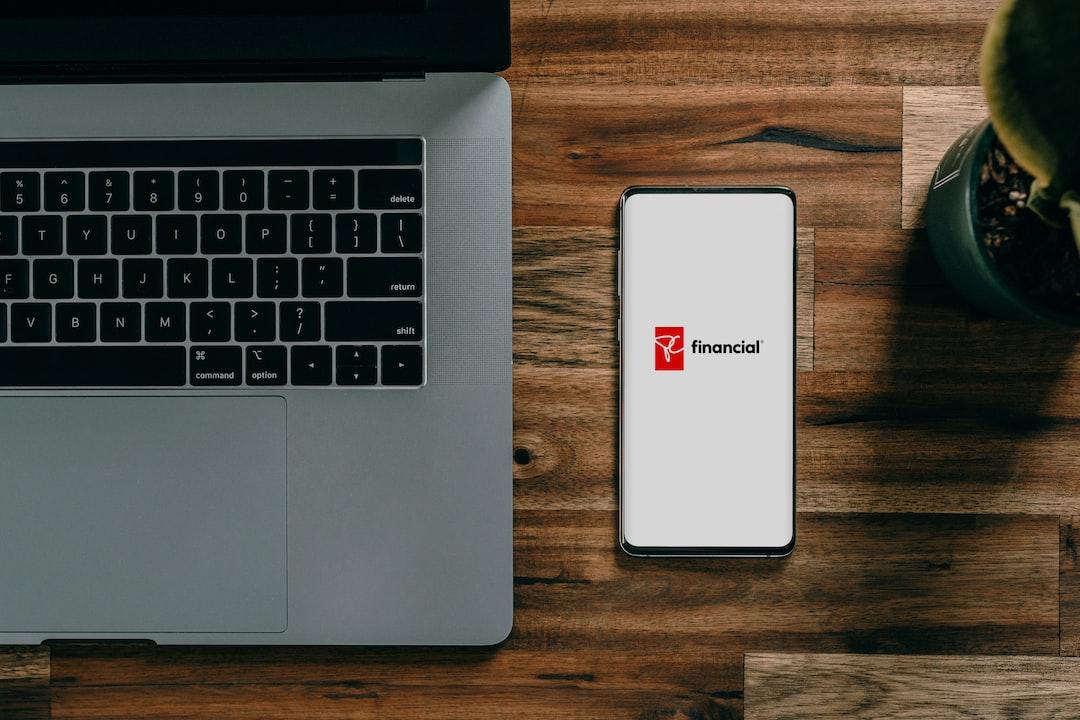Coin World Report:
Recently, there have been significant fluctuations in the cryptocurrency market. In this article, we will analyze the topic from six aspects: cycles, prices, indicators, rate cuts, halving, and black swans.
From the perspective of cycles
BTC is expected to experience a bull market similar to the first half of 2019 throughout 2023. After reaching its peak in June 2019, it declined and hit its bottom in December 2019 (excluding the black swan event in March 12).
In addition, altcoins saw some increases from February to March in 2023, and from November to December to the first quarter of 2024. Combined, there was an overall increase of about 6 months.
Initially, when BTC dropped from $48,000, most altcoins did not follow the decline. However, when BTC dropped below $70,000, altcoins started to decline as well, with the decline increasing over time.
Relationship between Bitcoin and altcoins’ price movements
The continuous rise in the price of Bitcoin is driven by multiple factors, while the decline in the price of altcoins is determined by their characteristics and market positioning.
Bitcoin, as the first blockchain application case, has high security and liquidity, and is widely recognized and accepted globally.
On the other hand, altcoins are more susceptible to manipulation and plagued by junk projects, resulting in lower credibility and use cases. Therefore, they are more prone to selling off and capital outflows during market adjustments.
From the price perspective
At the end of 2018, BTC was around $3,200, reaching a high point of about $13,500 in 2019, an increase of $10,300.
By the end of December 2019, the bottom was around $6,500, with a decline of $7,000, a decline of about 68% (=6500/10300).
In this cycle, the low point in 2023 was around $15,500, reaching a high point of about $73,000 in 2024, temporarily pulling back to around $53,000, with a decline of about 30%.
It has not reached half of the previous cycle yet. However, this year is unlikely to be the same as 2020. From a sentiment perspective, Bitcoin faith is increasing, and from a funding perspective, ETFs will bring long-term capital inflows.
Faith and ETF impacts indicate that the bottom for BTC will not be too low, but it is still uncertain if it is the absolute bottom. However, there should be little dispute about the relative bottom range. From a cyclical perspective, there may still be a possibility of further decline or oscillation.
According to the AHR999 index
When the index is above 1.2, it indicates that Bitcoin’s price is in an upward trend in the bull market, with high entry pressure and a higher chance of getting trapped.
When the index is between 0.45 to 1.2, it suggests that the average investment cost of Bitcoin is in a reasonable range, suitable for considering regular investment.
When the index is below 0.45, it indicates that Bitcoin’s price is undervalued, presenting a relatively high certainty bottoming range, suitable for considering buying at the bottom.
The AHR999 index is currently at 0.68.
Regarding rate cuts
Deutsche Bank predicts that the Federal Reserve will initiate rate cuts at the monetary policy meeting in September 2024, with a magnitude of 50 basis points, followed by an additional 125 basis points reduction throughout the following year.
Apart from Deutsche Bank, other international financial institutions have also made predictions on the timing of the rate cuts by the Federal Reserve. Financial institutions such as UBS Group and Morgan Stanley expect multiple rate cuts by the Federal Reserve in 2025, given the gradual cooling of inflation and stagnant economic growth.
The timing of the rate cuts aligns well with the cryptocurrency cycle. As the Federal Reserve cuts rates, liquidity increases, leading to the devaluation of money. Consequently, assets like gold, stocks, real estate, and Bitcoin are expected to rise. Unlike before, large funds could not enter, but now they can enter Bitcoin in large quantities through ETFs in a compliant manner.
Halving perspective
The halving of Bitcoin’s supply means that the amount of newly mined Bitcoin in each block decreases, which could draw investors’ attention to the scarcity of Bitcoin and drive prices higher.
In 2016, there were waves of decline before and after halving. Before the halving in 2020, there was already a downward trend before the black swan event on March 12.
There was no significant surge after the halving. Halving reduces production, viewed from the perspective of BTC producers, namely miners. After halving, profits decrease, and there is a high probability that BTC will enter a major bull market.
Therefore, miners may be willing to increase mining power and purchase more mining machines. The motivation for selling coins before and after halving is likely to be used to purchase new mining power.
However, this time is slightly different; the script increases miners’ earnings, reducing their willingness to sell coins compared to previous halvings.
In the mid-term of 2024 (mainly the first three quarters), there may be a situation of a squeezed or converging trend. Simply put, it means that the market won’t be too low or too high; the influences of faith, ETFs, and script are understood and need not be emphasized further.
The market won’t be too high due to macroeconomic factors, as liquidity in the market is limited in a high-interest rate tightening environment.
Looking at halving expectations or macroeconomic impacts alone may be one-sided. The market in 2024 is expected to be influenced by the combination of halving and rate-cutting cycles.
About black swans
A black swan event refers to a low-probability event that is difficult to predict but can cause chain reactions and significant negative impacts when it occurs suddenly. It exists in various fields such as nature, economy, and politics. Although it is considered a rare event, if not handled properly, it can lead to systemic risks and serious consequences.
There may not necessarily be a black swan event, but there is an expectation that crises may erupt in the early stages of rate cuts following prolonged high-interest periods. Historical records show that the internet bubble burst in 2000 and the subprime mortgage crisis in 2008 both occurred at the beginning of rate cuts after prolonged high-interest periods.
The high point of this round of rate hikes is similar to that of 2006. If the dot plot shows a rate cut in September, just like in 2007, after a year of high-interest rates. However, the scale of the current balance sheet expansion is significant; even if it shrinks for another 8 months, it will still be at a relatively loose level.
Nevertheless, there is a high probability of a significant decline at the beginning of rate cuts. It may not necessarily occur after the rate cut but could happen before due to the impact of expectations; the market may exhibit early signs.
Of course, it is advisable to reserve some space for black swans because unexpected situations can occur. In addition, altcoins do not currently follow the rise and fall of Bitcoin completely, making phased positions more rational.
About buying at the bottom
In reality, buying at the bottom is a big taboo in trading because no one knows exactly where the bottom is. A more rational approach is to buy in batches when you think it’s relatively close to the bottom. The simplest way to do this is through regular investments, which can almost be done blindly. Standing on the mountain top, averaging down over the long term will result in a lower average price.
If you must determine a bottom, it is best to refer to two key indicators, but they may not always be accurate.
Two indicators to consider are: 1. Shutdown price 2. AHR999 index

The above only covers electricity costs; there are also personnel salaries, machine rental fees, operating costs, and more. You can imagine the rest yourself.
The AHR999 index clearly defines a range below 0.45 as the buying zone, and currently, it is at 0.68. This index has been highly accurate so far and has not malfunctioned; for those considering buying at the bottom, pay attention.
In conclusion, to sleep well, eat well, and stay happy in the cryptocurrency market, remember: never be fully invested, never be entirely out of the market, and always have Bitcoin account for more than 50% of your total portfolio.
Subscribe to Updates
Get the latest creative news from FooBar about art, design and business.
Related Posts
Add A Comment

